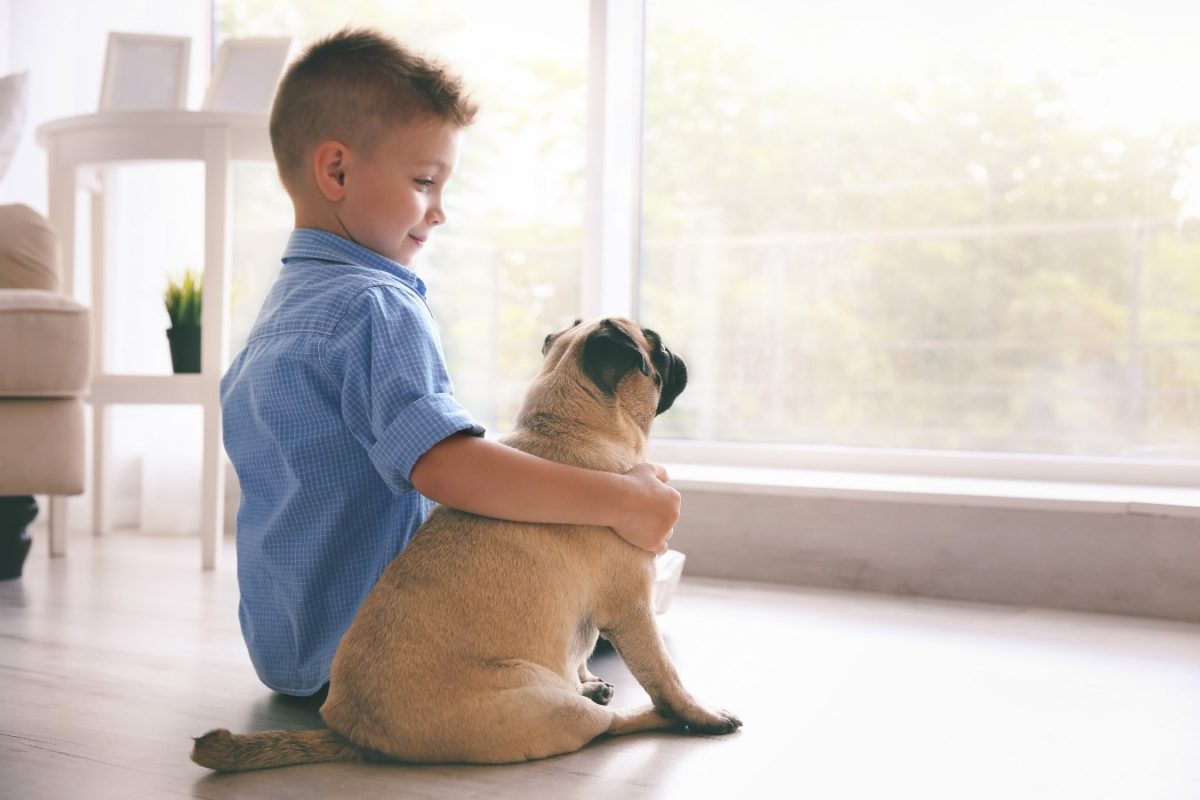Everything, Cats, Children, Dogs, Pets
Children and Pets: Choosing a Pet for a Child
We remember…Blackie. Or Brandy. Or Buddy. Animals don’t live forever, but the imprint of their bonds with children does. Adult help in selecting pets and guiding children in their care can help nourish these bonds.
What kinds of pets are good with children?
Cats, dogs, rabbits, birds, fish, and small caged animals can all make good pets for children. Some combinations of animals aren’t a good mix, such as cats and birds, unless you can keep them in different areas. Spayed or neutered cats, dogs, and rabbits are calmer and more predictable.
- Fish are easy for even small children to feed, and they don’t need to be given exercise — but you’ll probably be the one who cleans the fish tank.
- Guinea pigs, hamsters, mice, and rats (the domesticated kind) need food, water, exercise, and someone to clean their cages regularly. Small children need supervision when handling small animals to make sure that they don’t inadvertently hurt the animals.
- Cats have simple needs, and they’re often (but not always) tolerant of children who are past the age of poking and squeezing them. Kittens and children under six years old aren’t usually a good match. Children can hurt kittens until they learn how to handle animals gently, and kittens need to learn when not to use their claws.
- Some breeds of dogs are more suited for being with children than others. Labrador and Golden Retrievers, for example, are known for their gentle dispositions. Dogs bred for their protective or herding behavior may not be good around children, especially with a lot of activity going on. Small dogs can be more easily hurt or frightened, and frightened dogs may react with their teeth.
- Rabbits like people to get down to their level rather than being picked up; they don’t like being cuddled. They find loud voices and other loud noises stressful, and they aren’t usually good companions for children under seven years of age. They’ll adjust better to families whose children are older and are generally calm and gentle, and who understand the need to interact with rabbits at ground level. For children who are loud and less inclined to behave, rabbits are probably not a good choice.
- Ferrets may make suitable pets for older, responsible children. Because ferrets are small and like to be everywhere — on furniture, on the floor, in doorways and cabinets and drawers — they can get hurt if everyone in the household isn’t careful. They require lots of handling and exercise, and their time with children must be supervised.
After considering your preferences (as the backup caregiver) and your home situation, the animal’s temperament and the child’s maturity level are more important than the type of animal.
Most kinds of animals shouldn’t be ruled out based on species alone. However, some animals may grow to be too big for your home, such as lizards and turtles. Consider also that when your children grow up and leave home, they might not be able to take their pets with them, leaving you as the main caregiver.
How old should children be before they have a pet?
Some experts say that a child should be at least six or seven before having a pet, while others say that it depends on the maturity of the child. Do your children understand that animals are living creatures, which can be hurt if not handled properly? Do they see animals as toys, or as fellow beings to develop relationships with?
Observe your children with other people’s pets. See how they touch and hold the animals, and how they react when the animals don’t do what the children want them to do.
How old should pets for young children be?
Older animals are less excitable and may be accustomed to children’s unexpected movements and to being mauled a bit. Younger animals, especially puppies and kittens, might react to the unexpected by biting or clawing. On the other hand, if children are mature enough to understand how to treat animals, getting a younger animal allows the children and pets to grow up together.
What is the best way to select a pet for a child?
After you’ve considered the child’s age and maturity level, and what type of pet is best for your situation, let your child be part of the selection process. Bring the child with you to the shelter, the breeder, or the pet store. Watch the interaction between your child and the animals, and be prepared to override the child’s first choice if you think the animal doesn’t have the right temperament to be with your child.
With adult decision-making and supervision, children and pets can be wonderful together. The children learn responsibility and empathy, and the animals have a home and someone to love them back.


